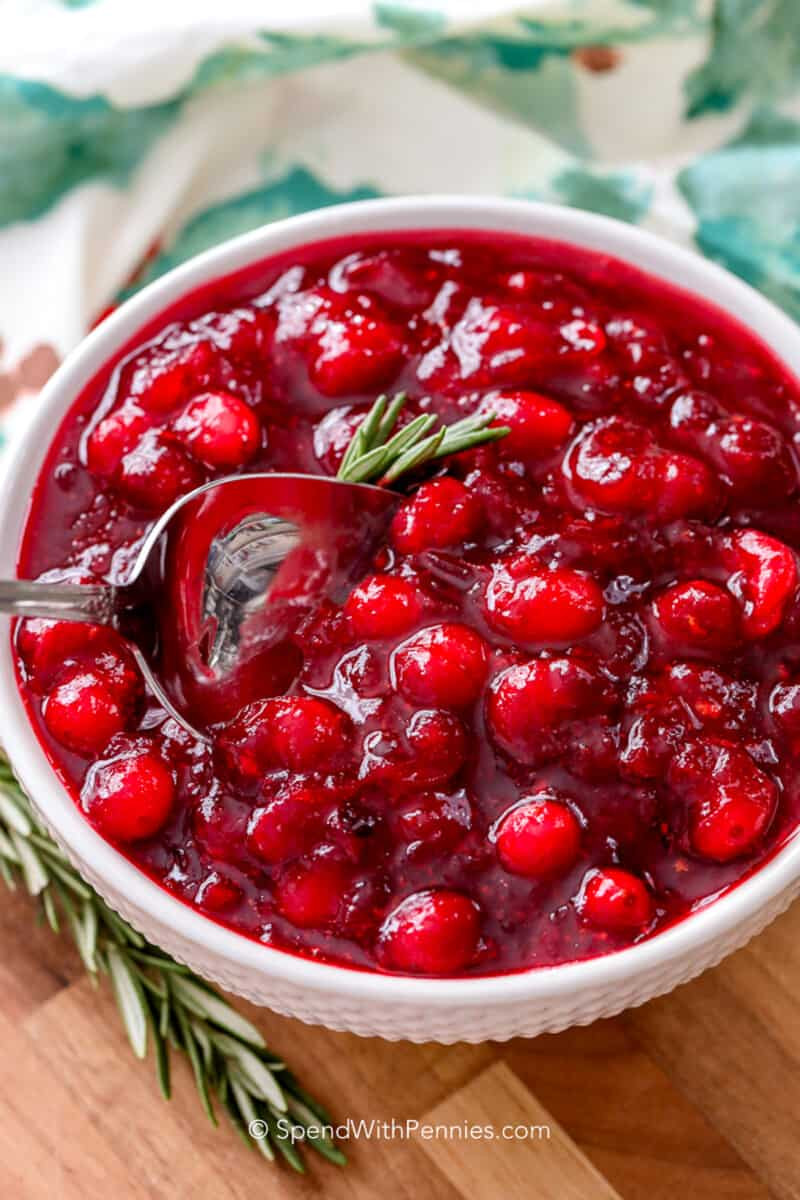Australia's Scorching Summer: heatstroke dangers & How to Beat the Heat
With a hotter than average summer beginning to unfold, health authorities across Australia are urging residents to take precautions to stay safe in the heat. The Bureau of Meteorology's 2024 summer long-range forecast predicts warmer-than-average temperatures across most of the country. As the mercury rises, so does the risk of heatstroke, a condition that can lead to severe complications, including organ failure, brain damage, and even death if left untreated.
Understanding Heatstroke and its Risks
Heatstroke occurs when the body is unable to regulate its temperature, often due to dehydration or an inability to produce enough sweat. This is particularly dangerous for certain groups, including adults aged over 65, babies, and young children. Elderly people often produce less sweat, while young children generate more body heat and sweat less, resulting in faster-rising body temperatures. From 2012 to 2022, extreme heat was Australia's leading cause of weather-related injuries and hospitalizations, according to data from the Australian Institute of Health and Welfare. The longer treatment for heatstroke is delayed, the more severe the damage becomes, substantially increasing the risk of serious health consequences. Dehydration significantly increases the risk of developing heat-related illnesses. It is vital to understand that heatstroke, unlike some other heat-related conditions, is not associated with excessive sweating; instead, the skin may appear hot, red, and dry. Other symptoms include headache, dizziness, nausea and vomiting, fatigue and cramps, confusion, aggression, trouble coordinating movements, and a dry, swollen tongue.
Recognizing and Responding to Heatstroke Symptoms
Recognizing the signs of heatstroke is crucial for prompt intervention. If someone is experiencing these symptoms, immediately call emergency services (000 in Australia) if the situation demands urgent medical attention. Otherwise, move the person to a cooler area (indoors or shaded outdoors), lay them down with elevated feet, and loosen or remove clothing. Begin cooling the person down using methods like cool-water sprays, cool, damp sponges or cloths, wet clothing, cool showers or baths, and ice packs or crushed ice in damp towels applied to the neck, groin, and armpits. Offer small sips of water if the person is able to drink. The body usually cools itself through sweating, but when dehydration prevents this, the temperature can rise rapidly, causing significant health risks.
Preventing Heat-Related Illnesses
While heatstroke is the most severe heat-related illness, hot weather can also cause other issues such as heat exhaustion, heat cramps, and heat rash. Heatwaves place considerable stress on the cardiovascular, renal, and gastrointestinal systems, as highlighted by heat stress expert Dr. Sarah Carter from Charles Darwin University. She emphasizes that understanding and adapting to the environment is crucial for avoiding heat-related health crises. “Awareness and education are incredibly effective tools against extreme heat,” Dr. Carter says. “If we know how to cool ourselves, if we understand the dangers heat poses, then we can effectively manage ourselves through hot periods of weather. The most dangerous thing we can do with extreme heat is to not give it the respect it deserves, to underestimate it. Our bodies can only tolerate so much heat strain, and so we need to understand our limitations.”
Staying Hydrated and Adapting Activities
Staying adequately hydrated is essential during hot weather. Drink water regularly throughout the day, even if you don't feel thirsty. Dehydration can occur quickly in high temperatures, and alcoholic or sugary drinks can worsen it, so it's best to avoid them when it's hot. Planning activities around the heat is also critical. Avoid outdoor activities during the hottest parts of the day (typically late morning to early evening). If you must be outside, take frequent breaks in the shade and pace yourself to prevent heat stress or exhaustion. Wear light, loose-fitting clothing to allow air circulation and cool your body. Wide-brimmed hats and sunglasses offer added protection from the sun's rays. Check in on vulnerable individuals – family, friends, and neighbours – particularly older people, young children, and those with health conditions.
Cooling Strategies: Beyond Air Conditioning
Many older people may hesitate to use air conditioning due to high operational costs. However, experts suggest setting the air conditioner to a slightly higher temperature (around 26°C or 28°C) and using it in conjunction with a fan to significantly reduce costs while still providing cooling relief. If air conditioning isn't accessible, other strategies can be employed to enhance the effectiveness of electric fans. Research from the University of Sydney and the Montreal Heart Institute shows that wetting the skin to mimic the effect of sweat can significantly reduce heat stress on the heart, particularly in hot, dry locations. This is especially important for older adults, who often have a diminished ability to sweat starting in their 30s and 40s, becoming significantly impaired by their 60s. Electric fans alone may improve comfort but won't lower core body temperature. In hot, dry environments, fans might even worsen the heat effect by blowing hot air across dry skin. They are more effective in humid climates where they can help evaporate moisture. Therefore, cooling strategies should be tailored to the specific environmental conditions.
Summer Safety: A Community Effort
Staying safe during extreme heat requires a community-wide effort. Individuals, families, and communities need to prioritize preparedness and awareness. By understanding the risks, recognizing the symptoms, and implementing appropriate strategies, we can significantly reduce heat-related illnesses and protect vulnerable populations. The rising temperatures pose a real challenge, but by working together and being prepared, we can collectively ensure a safer and healthier summer for everyone. The onus is on each of us to take personal responsibility for our wellbeing and to also ensure the safety of those around us, especially the most vulnerable in our communities. With careful planning and community support, we can mitigate the impacts of extreme heat and create a more resilient summer for everyone in Australia. We must remember that this is not a fleeting issue—proactive measures are crucial for building long-term resilience in the face of rising temperatures and increasingly frequent heatwaves. Staying cool, staying hydrated, and looking out for each other are key components of a safe and successful summer in Australia. Let us be our brothers and sisters' keeper and work together to address this challenge.

















